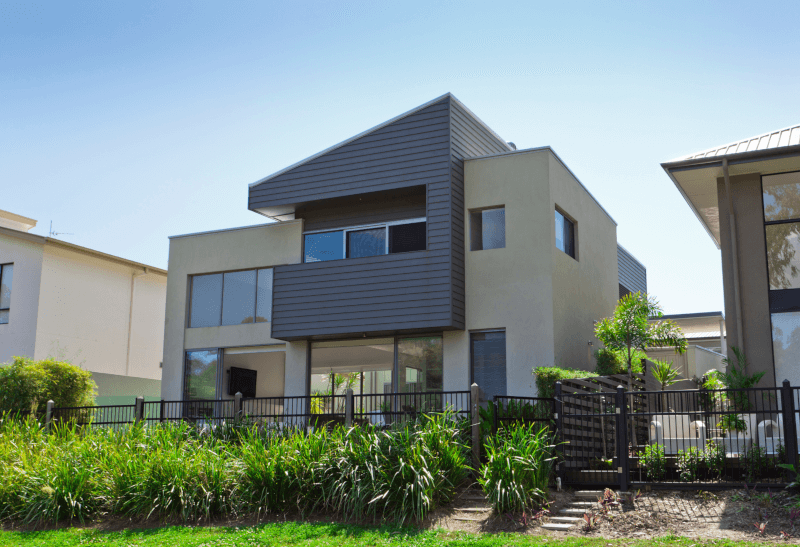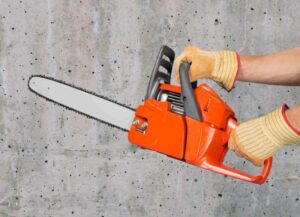House rendering has continued to grow more popular over recent decades. There are benefits to rendering, but does that include rendering adding value to a house?
Rendering a house can increase the curb appeal and protection of a house, ultimately increasing the value. This increase will depend on the type of render, the protection provided, and the finish. Render with a bad finish or pointless application can either decrease or not impact the value of a house.
Read on to find out more about the value of rendering a house.
Can rendering increase the value of a house?
Rendering a house can increase the value of a house by adding further protection to the house exterior and potentially updating the appearance. The type of rendering you choose will influence how much value it adds, but any form of extra protection will be boosting it. Currently, a clean cement render finish is very popular with modern housing which means it can add the most value to your house.
The first thing to consider before rendering your house is the cost of a quality job. Rendering a house can be a big task, but worth it in the end. Being a big job, it can have a high cost. The factors that take money out of your pocket are rendering material, size of the house, how much of the house is being rendered, labour costs. But plan the best render for your home and neighbourhood, factoring in the extra protection for your home. Then that money and more can come back to you through the increase of house value. There are multiple benefits to rendering a house well, which is why it’s a great project to think about.
You should consider if you want to cover your house in render or only complete a partial render. Partial renders are very popular, adding to the curb appeal and only costing you 30% of a full render. You will find many houses with a front façade combining brick or wood with sections of concrete render. Most home builders will present house designs with partial render, knowing the value it can add to a house.
How much value does rendering add to a house?
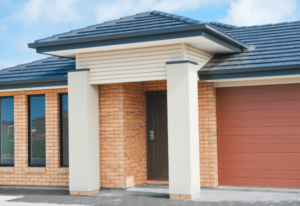 It is difficult to calculate the value rendering can add to your home. Factors such as the neighbourhood, quality, and type of render will influence the value. Rendering a house to repair and upgrade the exterior could add more than $20,000 to the house value if it’s done well. But this isn’t guaranteed.
It is difficult to calculate the value rendering can add to your home. Factors such as the neighbourhood, quality, and type of render will influence the value. Rendering a house to repair and upgrade the exterior could add more than $20,000 to the house value if it’s done well. But this isn’t guaranteed.
The best way you can figure out how much value rendering will add to your home is to consult with a contractor. They can evaluate the current value of your home and identify what kind of render will increase the value the most. This calculation will be based on the use of rendering tools and quality cutting tools, depending on the project. Remember that the space the render covers will influence this, as well as the purpose of the render.
Adding render purely for an extra aesthetic purpose over some pillars could be a waste of money in terms of increasing the house value. If the area is not a large part of the house exterior, you’re unlikely to add any more value than what you spend on the rendering itself. But if rendering a smaller area will protect it more, then you could increase the house value by a larger amount.
Why does rendering a house add value?
Rendering a house can improve the insulation and durability of the structure, as well as the appearance. All of these factors can increase the value of a house because it improves the quantity and appeal of it. Rendering can provide a smooth, modern finish to a home, which is sought after for curb appeal. There are different house facades that mix and match the use of render, all to change up the value of the home. Experimenting with the current trends of house appearances using render can add potentially $10,000 to the house value.
On top of this, the purpose of rendering is to protect the exterior of a house. This function alone can drive up the value of a house. This is because the exterior is more likely to be maintained for a longer time thanks to the protection from rendering. Rendering a house will provide weather resistance, prevent cracks from forming, and reduce the overall wear and tear to a basic structure. Rendering can also reduce energy costs, another reason why rendering a house adds value.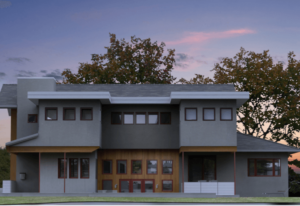
Can rendering a house reduce the house value?
If rendering isn’t completed in an appealing manner that adds protection to a house, it might not add much, if any, value to a house. A lot of DIY render jobs can result in reducing the value of a house.
Rendering has to attach to the materials underneath that create the house exterior. This means if the rendering isn’t done well, it is difficult to remove without damaging the areas underneath it. Not only could you decrease the home value with a dodgy render, but also by the damage when trying to remove or change the finish.
This is why it’s recommended to consult professional renderers before approaching any rendering job. The best thing is to develop a plan with them and pay for their services to complete the job. A professional render should not reduce your house value.
The other negative side to rendering would be if the render has no real purpose. In this case, you most likely won’t decrease the house value, but you certainly won’t add to it.
What kinds of render are good for adding value to a house?
There is a large variety of render types to choose from for your home. The best render for your home will depend on your house’s exterior materials and the look you want to achieve. But two of the best options for a render that will add value to a house are cement and acrylic rendering.
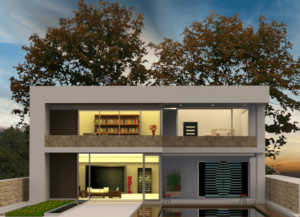 Acrylic rendering is the popular option for house rendering. It’s a form of plastic that is more flexible than a render such as cement. This render also comes in a wide variety of colours and textures, making it a high competitor against cement rendering. Acrylic rendering, with the added flexibility, could be the path to take to add render inside and outside the home and increase house value. It is less likely to crack and is more durable in the long run. Acrylic rendering protects the house exterior against UV rays and water damage. It can be used across a wider variety of surfaces compared to other renders. These include cement, concrete, polystyrene, brick, existing render, and walls that have been painted. It’s a great render option for adding value to your house.
Acrylic rendering is the popular option for house rendering. It’s a form of plastic that is more flexible than a render such as cement. This render also comes in a wide variety of colours and textures, making it a high competitor against cement rendering. Acrylic rendering, with the added flexibility, could be the path to take to add render inside and outside the home and increase house value. It is less likely to crack and is more durable in the long run. Acrylic rendering protects the house exterior against UV rays and water damage. It can be used across a wider variety of surfaces compared to other renders. These include cement, concrete, polystyrene, brick, existing render, and walls that have been painted. It’s a great render option for adding value to your house.
Cement rendering is the second most popular rendering option for modern homes. It is usually applied to brick, concrete, and stone, more rough surfaces. This is because it attaches well and can provide a smoother finish to a coarse structure. Cement render can be made in a variety of different colours and textures. The colours can range from natural to pigmented. The ability to adapt cement render to many different ideas for a house appearance makes it a great choice for adding value to a house.
Like any decision regarding your house structure and appearance, there are many things to consider before rendering. But the bonus is that there are lots of rendering options that can increase your house value. The best advice we can give you is to find designs similar to what you’re after and then consult a professional contractor.
Looking for more answers about rendering your house? Check out our other resources including ‘rendering and rain – preventing and fixing issues’ and ‘painting onto new render’. For quality bricklaying, cutting and grinding tools, check out our Paragon Tools products.

